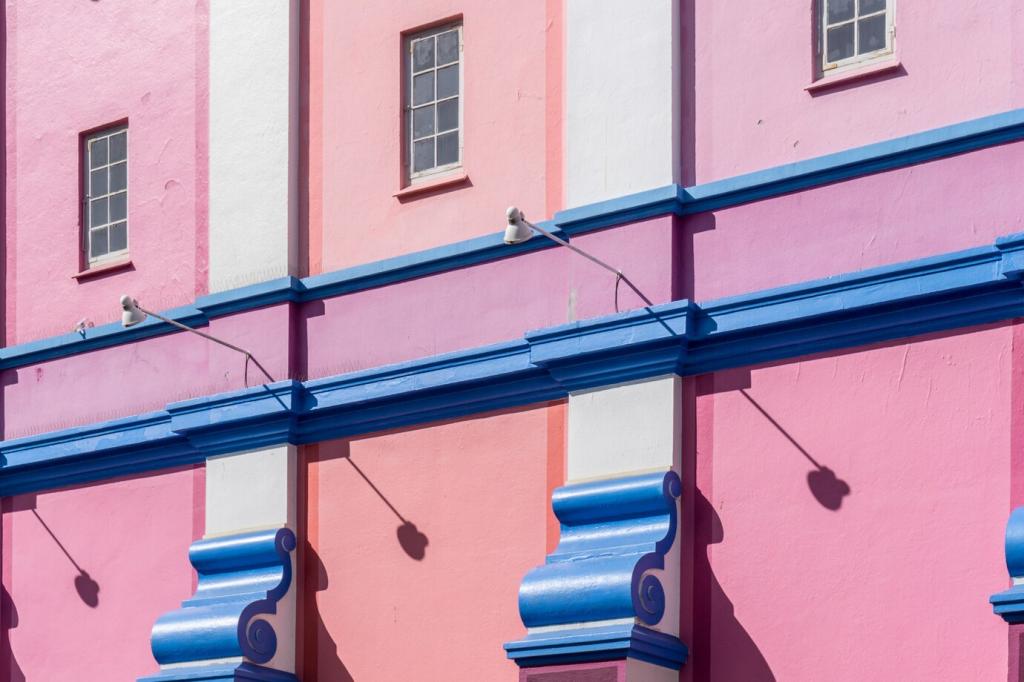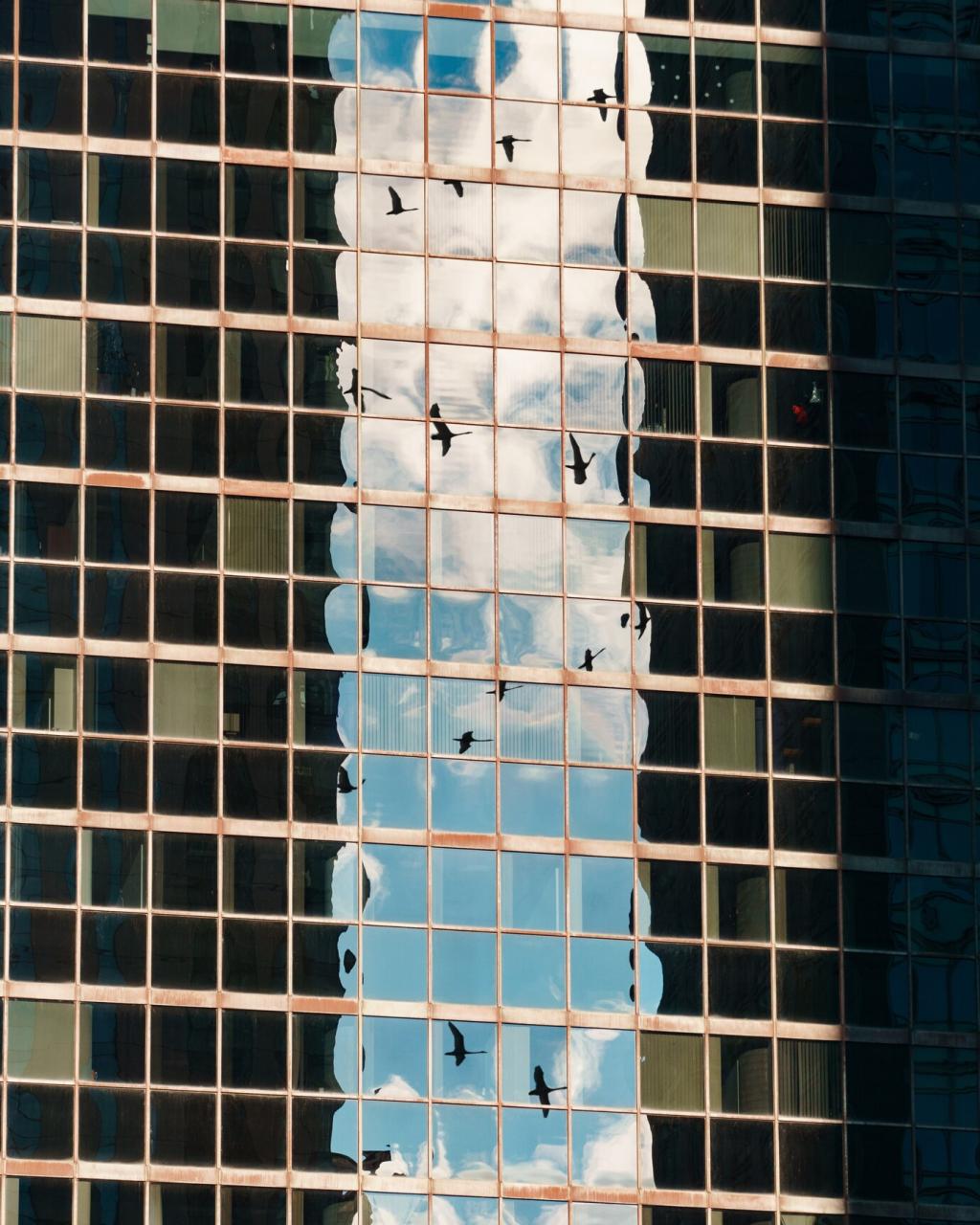
Using Technology to Enhance Urban Landscapes
Chosen theme: Using Technology to Enhance Urban Landscapes. Explore how data, sensors, and human-centered innovation can turn streets, parks, and plazas into vibrant, resilient places. Join our community, share your neighborhood stories, and subscribe for updates on real projects transforming everyday public spaces.
Digital Twins and Sensor-Driven Streets
Footfall counters, soil moisture probes, and microclimate nodes quietly map how we move, gather, and rest. When cities see that sunlit benches sit empty at noon, they add shade. When planters run dry, valves open automatically. Subscribe to learn how these small adjustments accumulate into a radically more welcoming urban landscape.
Digital Twins and Sensor-Driven Streets
Imagine arriving as misting jets cool the paving, triggered by rising surface temperatures. A kiosk dims to save energy when no queue forms, yet brightens at breakfast rush. Trees sip just enough water overnight after sensors forecast a hot day. Share your own plaza moments that tech could quietly improve.
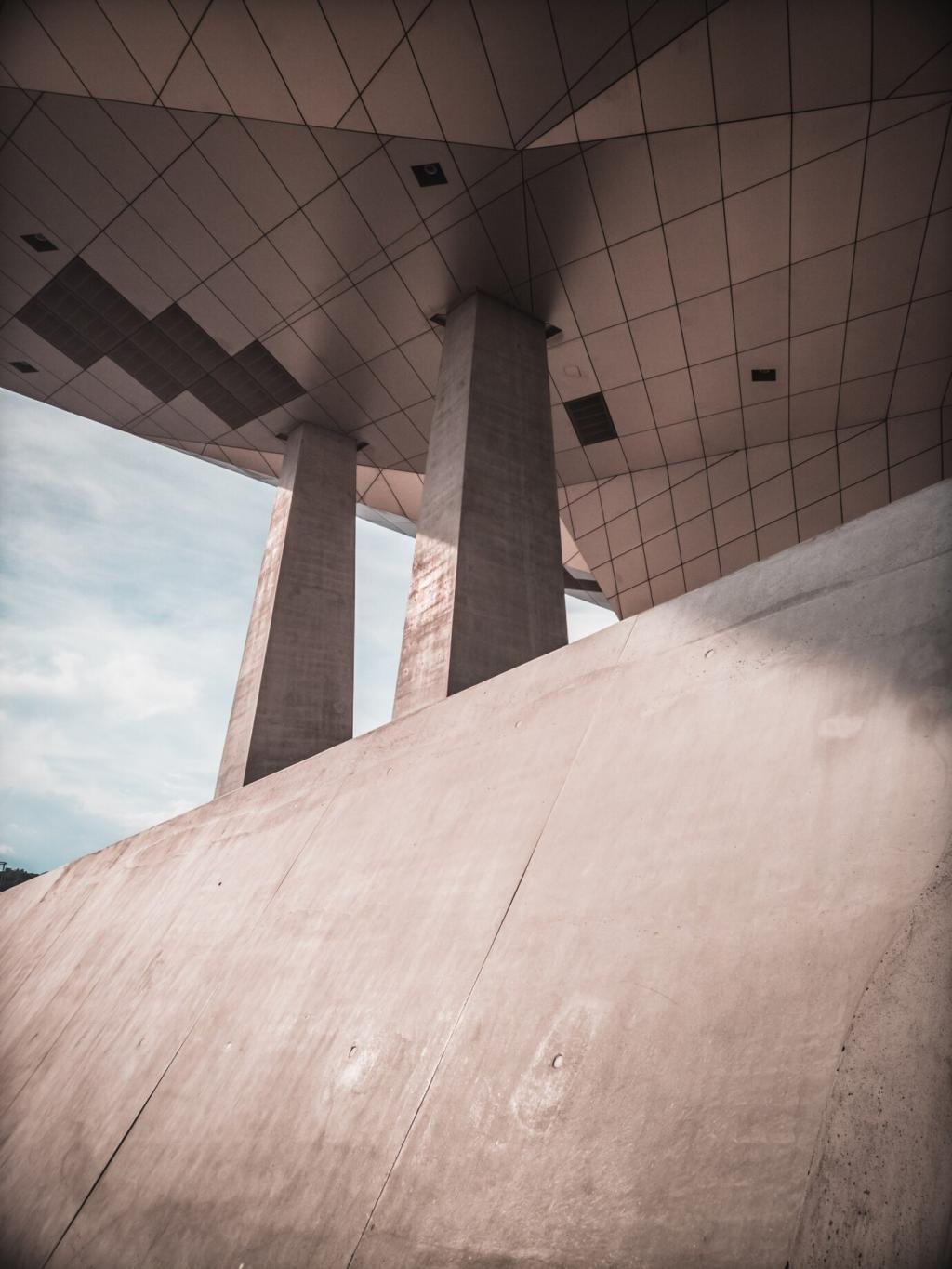

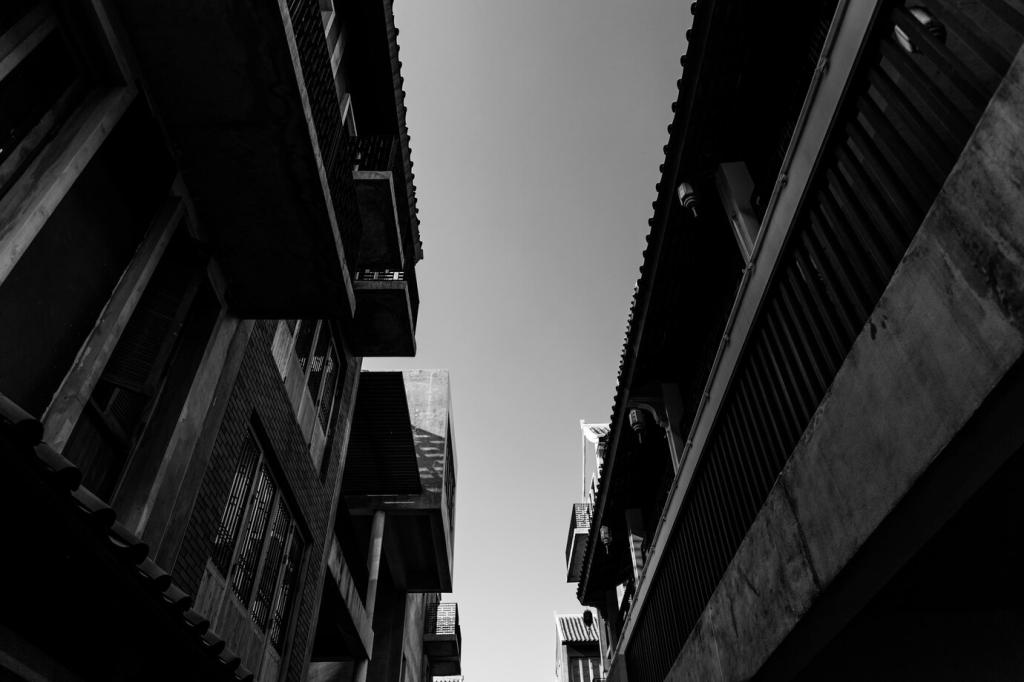
Greener Cities Through Smart Ecology
Rooftop gardens equipped with moisture and evapotranspiration sensors water only when plants truly need it. The result is healthier habitats, fewer trucked water deliveries, and happier building teams. Tell us which roof near you could blossom with a little data-backed care and a sunlight audit.
Greener Cities Through Smart Ecology
Thermal cameras and mobile weather carts reveal hot spots where shading, high-albedo surfaces, and misting can cut heat stress. Cities layer canopy maps over pedestrian flows to prioritize relief where people linger. Have you felt a block transform after new trees or shade sails appeared? Share your before and after impressions.
Seamless Wayfinding with AR and Tactility
Augmented reality overlays can highlight shaded routes, water fountains, or step-free paths, while tactile paving and audio beacons guide people with low vision. The best systems blend digital cues with timeless street literacy. Would an AR layer help you navigate your city’s confusing squares? Tell us why.
Micromobility That Respects Plazas
Smart geofencing slows scooters in crowded squares and nudges riders to park in painted corrals. Operators share anonymized trip data so planners can add seating where trips frequently end. If your block wrestles with curb chaos, subscribe for case studies on gentle nudges that reshape habits.
Data-Informed Street Closures and Promenades
Weekend promenades often start as pop-ups backed by footfall, noise, and air-quality readings that demonstrate benefits. When families linger longer and local shops report steadier sales, trials become permanent. Where should your city test a low-traffic street first? Drop a pin and a quick rationale.
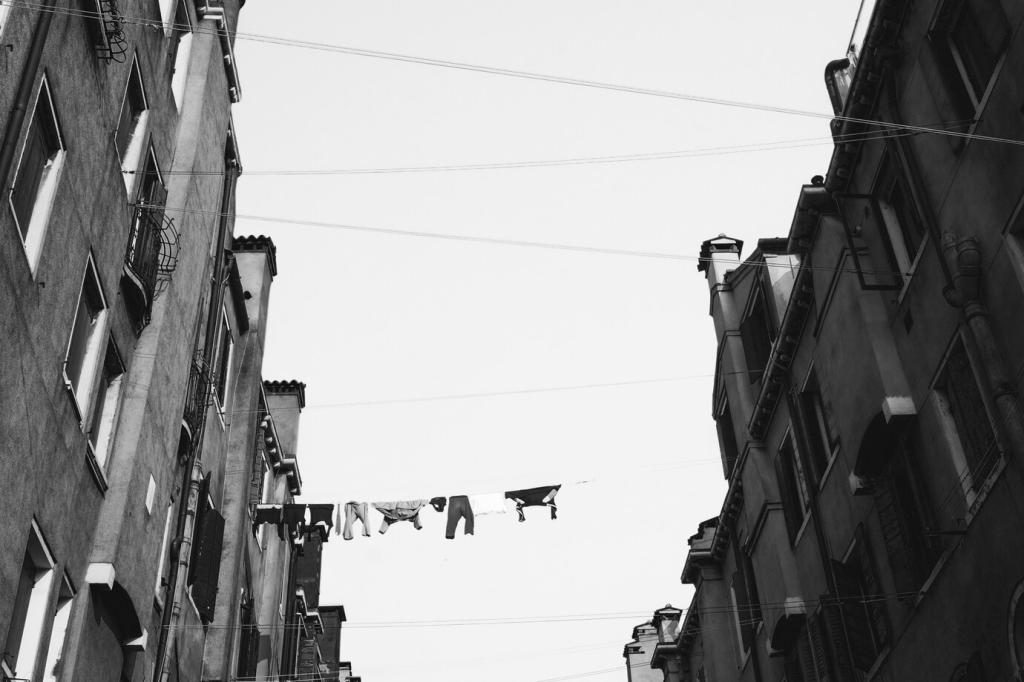
Light That Listens to the City
Adaptive lighting installations can dim when streets are calm, glow warmer for evening strolls, or ripple gently with wind data. Done right, they feel poetic, not flashy. If your neighborhood could use a little dusk magic, tell us which alley or underpass deserves a light story.

Projection Mapping that Remembers
Temporary mappings can honor local heroes, reveal old street grids, or celebrate seasonal festivals without permanent construction. Residents submit photos and voices; the facade becomes a living archive. Would you contribute a story for a wall in your district? Subscribe for a call for submissions.
Safety, Inclusion, and Dignity by Design
Smart Lighting as a Public Trust
Adaptive fixtures brighten for visibility when people are present and soften late at night to protect sleep and stars. Clear signage explains what data is collected, for how long, and why. Would transparency boards on your block make you feel safer? Tell us what you would include.
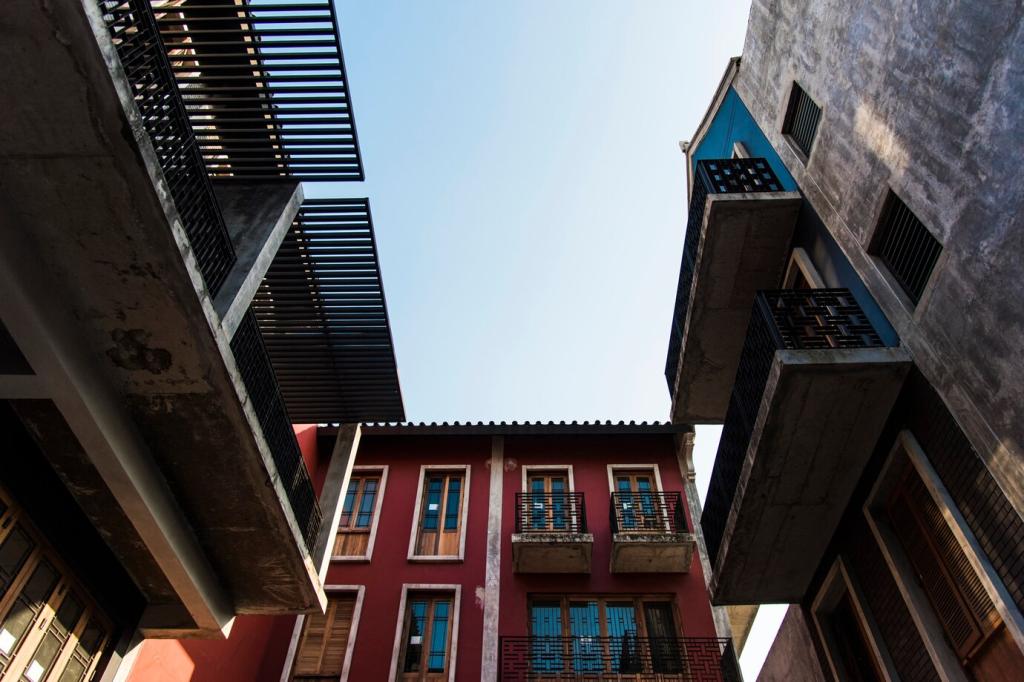
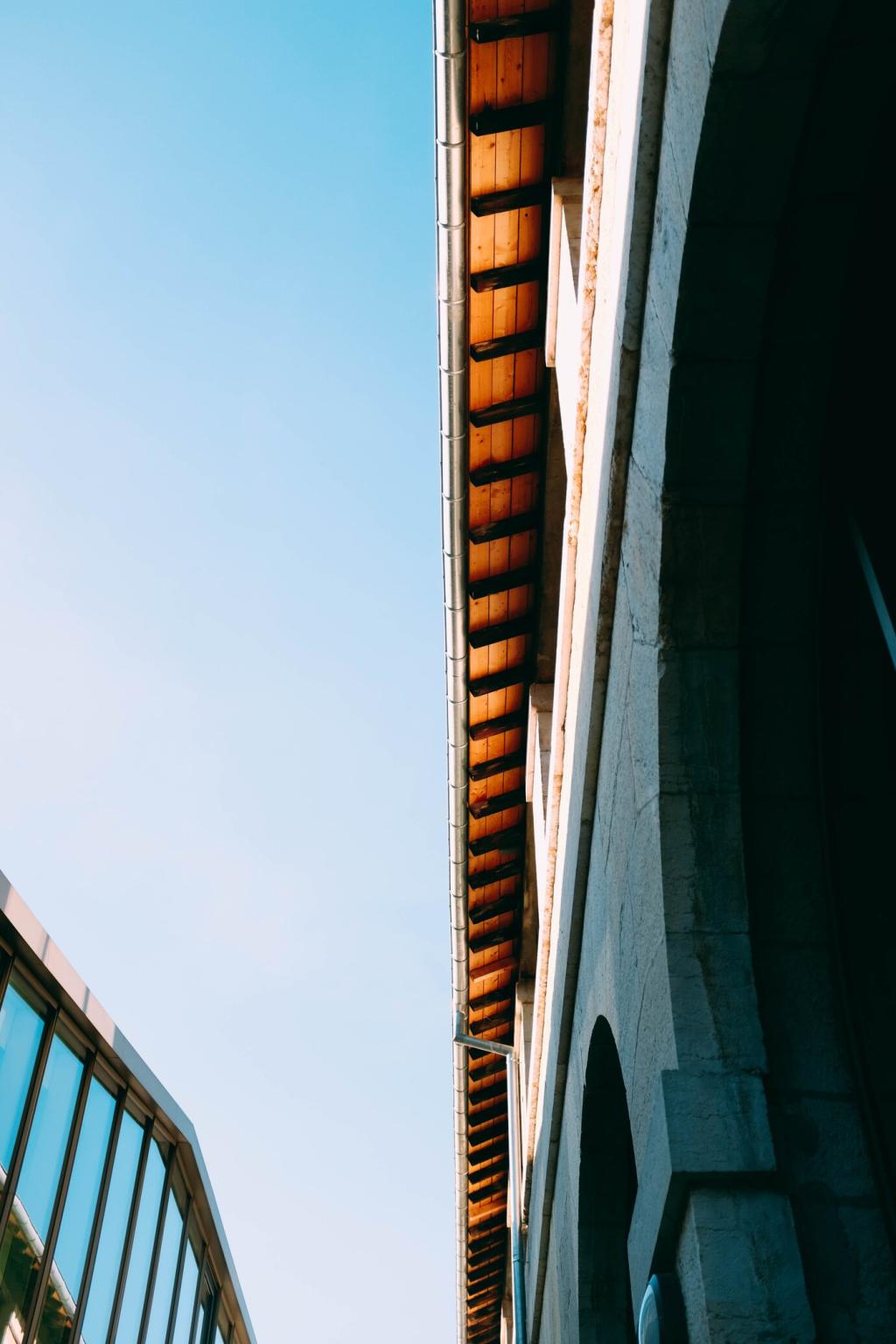
Accessible Tech for Every Body
Curb ramps can report damage, elevators can signal outages in real time, and audio navigation aids can guide to the nearest quiet entrance. Designing with disability communities ensures solutions truly help. If an access feature changed your day, share that story to guide better standards.
Ethics, Governance, and Open Data
Collect only what is necessary, prioritize on-device processing, and anonymize at the edge. Post plain-language notices on site and online. Publish audits and invite third-party scrutiny. What commitments would make you comfortable with sensors on your street? Share a line for our draft charter.
Ethics, Governance, and Open Data
When cities publish accessible, well-documented datasets, students, artists, and small businesses create maps, benches, and services no one planned. A tiny API can seed a big ecosystem. Subscribe to hear about open challenges and propose an idea for your neighborhood’s most useful micro-dataset.
